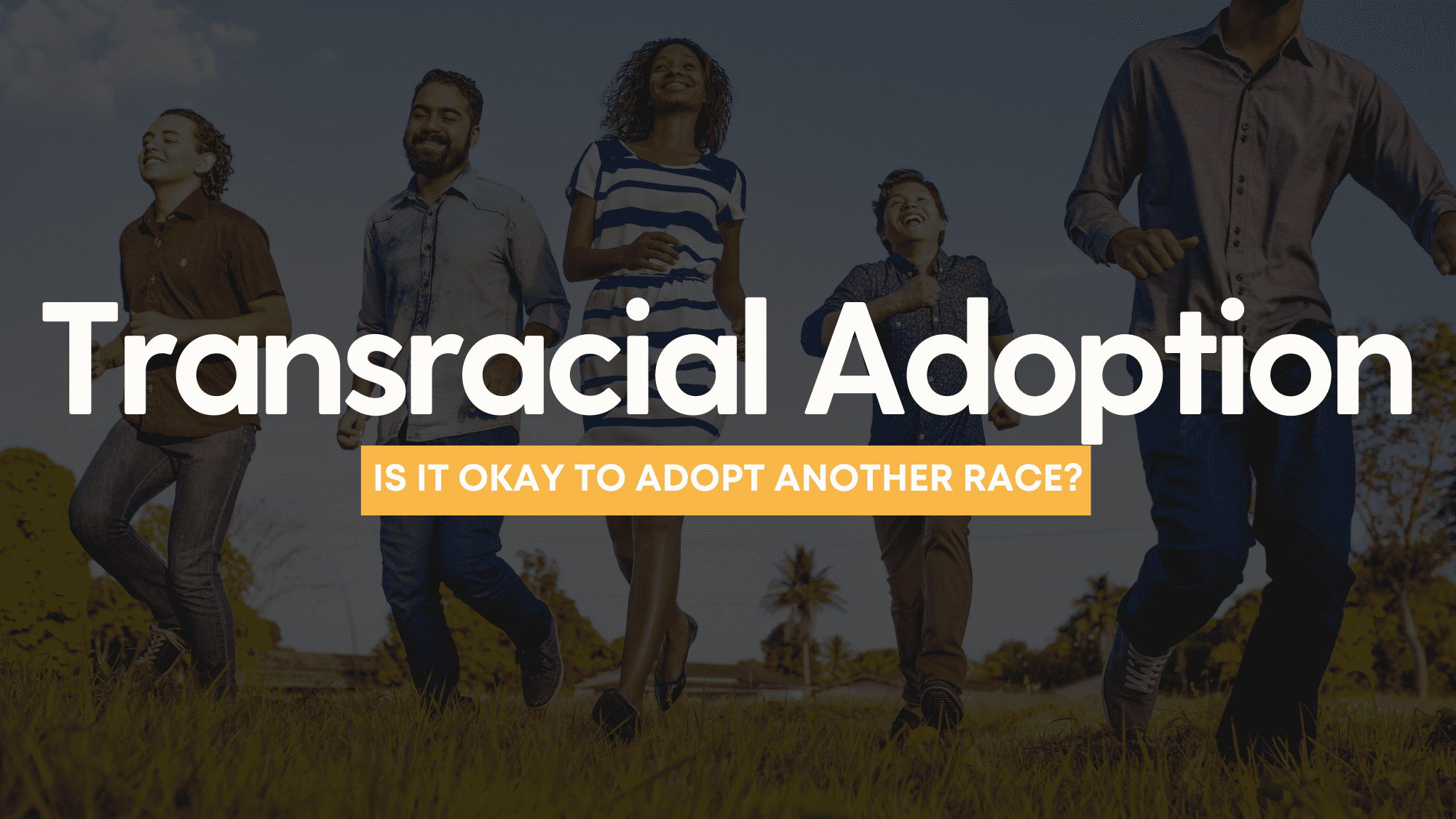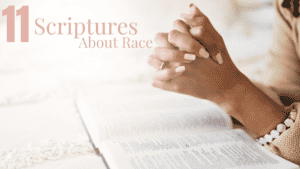While attending a pro-life conference earlier this year, I listened to a lecture on adopting children from a different race. The two presenters were talking about a term they called “transracial adoption.” To my surprise, much of the presentation consisted of the two white women explaining, to a predominantly white audience, why it was concerning for a white family to adopt a black child.
At times, they would also seek validation of their points from their black colleague. Throughout the presentation, some statements made me pause and think. Statements like “Black people don’t officially adopt through the government” and “adopting a white child is out of the question,” for example. I was at a pro-life conference–right? Wasn’t the purpose of this to learn how to foster and adopt? Then again, how could people from a white culture teach a black child what it means to be black?
Transracial Adoption or Transracial Placement
Before continuing, I believe it is important to understand the terms “transracial adoption” and “transracial placement.” Therefore, I connected with an expert, Dr. Sharen Ford, the Director of Foster Care and Adoption at Focus on the Family, to better understand both terms. See the graphics below.
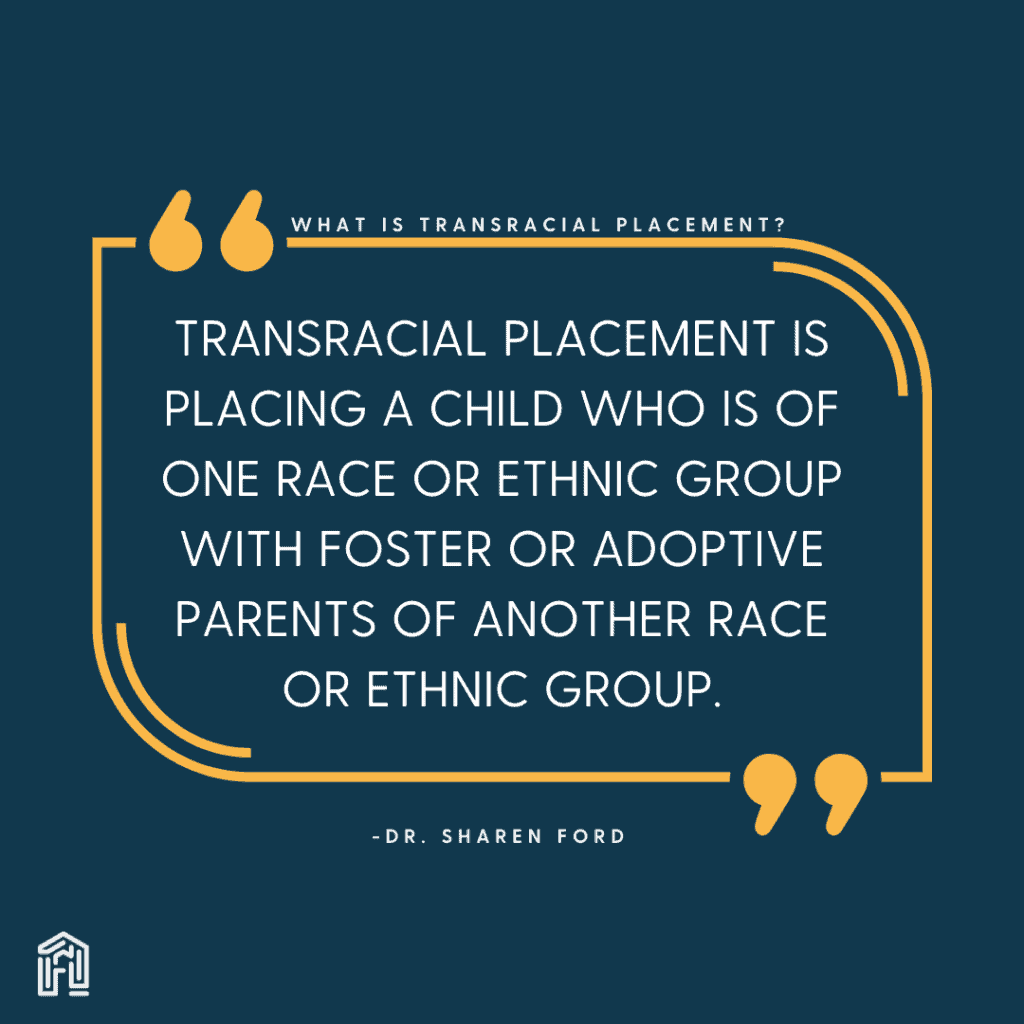
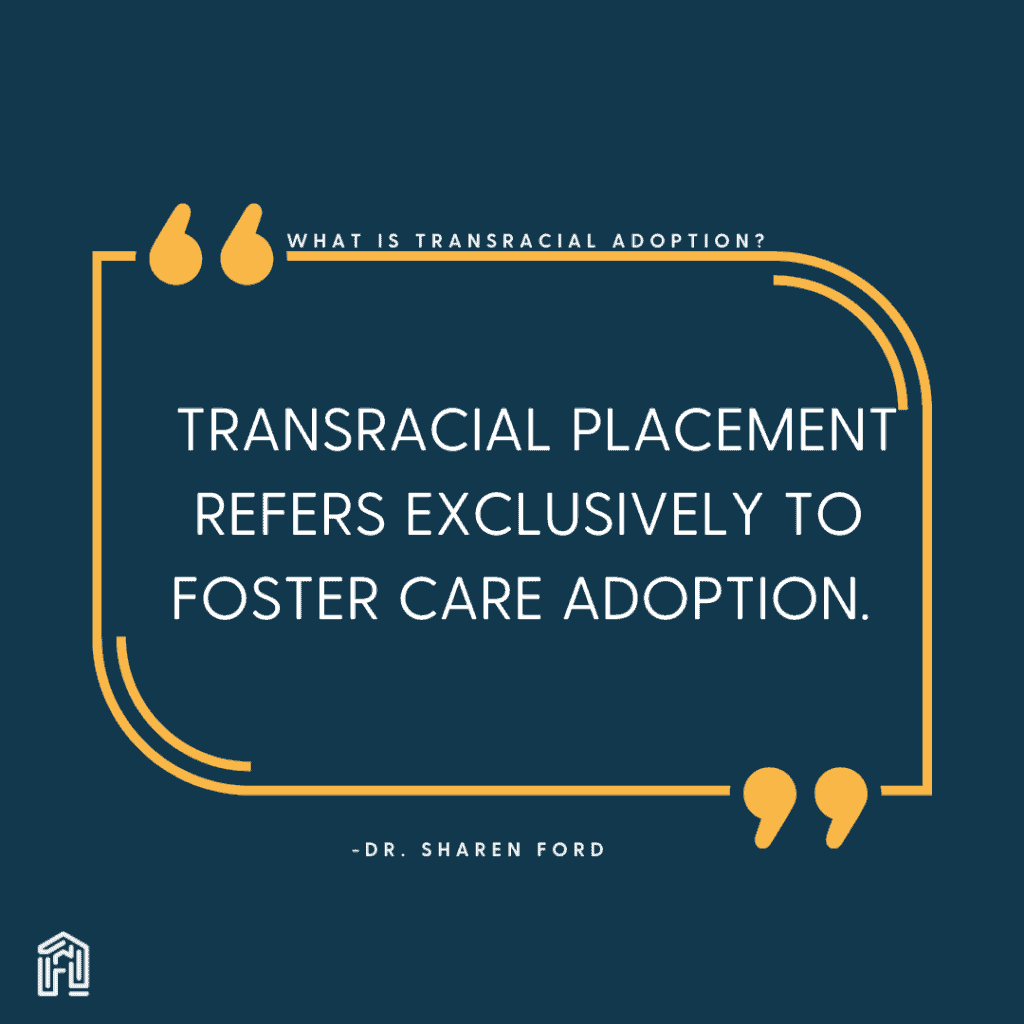
God Brings an "Identity Moment"
As I gathered my notes and laptop, a woman named Lilly approached me with tears in her eyes. “Can I ask you a personal question? As a white woman, is it really wrong for me to adopt a black child?” In an instant, God gave me an “identity moment.” I recalled what I had learned from my pastor. He asked us, “Whose voice are you listening to today?” and stated God’s word is our refuge. He taught me that we’re first children of God and then our nationality. Even our love for our country cannot surpass our love for Jesus. Still, would I listen to some of my doubts caused by the presenters or encourage Lilly through what God had taught me previously?
I believe a biblical worldview demonstrates that we are all one transracial family. Matthew 22:37-39 says, “And he said to him, ‘You shall love the Lord your God with all your heart and with all your soul and with all your mind. This is the great and first commandment. And a second is like it: You shall love your neighbor as yourself.'” Without this kind of biblical love, our relationships become counterfeit. We love our neighbor as ourselves regardless of their color.
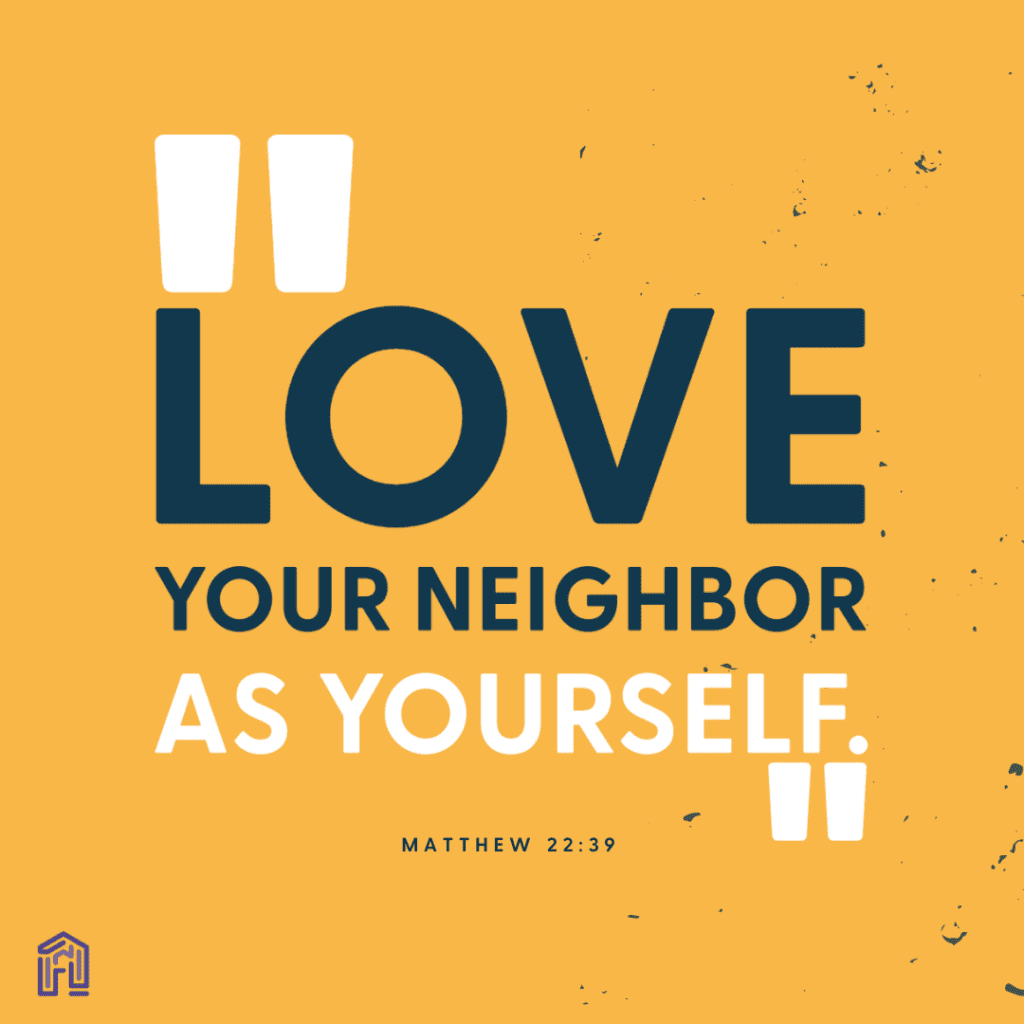
Therefore, in response to Lilly’s question, I said, “No, you are not a bad person for wanting to transracial adopt.” There are many factors that one must consider, though. With our time, we examined four main points that explain how beautiful multicultural families are.
Culture Matters
Whose voice are you listening to? The presenters at the conference discouraged transracial adoption specifically because caregivers do not have the same experiences. What they underestimated was the caregiver’s ability to be compassionate.
Martin Luther King Jr. once said, “11 o’clock on Sunday morning is one of the most segregated hours, if not the most segregated hours in Christian America.” In modern times, worship music still separates us as the Church. I believe music is imperative to transracial families because it breaks down barriers. As a black child, singing traditional black gospel songs or having a praise break taught me how to praise through pain. It taught me that Jesus was worthy regardless. I’ve also learned how to hear the quiet voice of the Lord in modern praise and worship. I’ve learned how he can bring peace through a single guitar. Therefore, to be more like Jesus, the body of Christ should be interested in different forms of music.
Imagine a scenario in which a foster family has a daughter whose primary language is Spanish. During traditional worship, a language barrier prevents her from fully participating. However, introducing a verse sung in Spanish opens the door for her to engage. Now, she has something she can relate to, and the congregation has expanded its sense of community. Amazingly, a single act of compassion can make all the difference.
What about black children who attend modern praise and worship churches? Wouldn’t they create their bonds with similar children? Yes, but it is equally important that children in transracial placements have an opportunity to create similar memories and experiences as their peers. Everyone can grow and learn from firsthand cultural experiences. This will strengthen families. Embracing the love of Jesus and remaining receptive to different cultures is crucial in transracial placement.
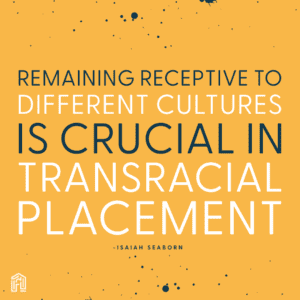
Children in transracial adoption will likely want to know their history. That can be hard for foster and adoptive parents. Being in a multicultural marriage with two wonderful biracial children has shown me many things, maybe the most important of those being our upbringing. Because each of our upbringings varies, we see the world differently.
Overcoming Perspectives
I remember taking my wife (She was my girlfriend at the time) to a movie. As we were driving, a police car followed closely behind us. The highway’s speed limit was 75 mph, but I slowed to 65. “Why did you slow down? You were at 75,” she said. I had to explain to her that I didn’t want to draw any attention to myself as a black man. I had to go under the speed limit to be seen as normal. This was hard for her to understand because she had not experienced the same biases my family and I had.
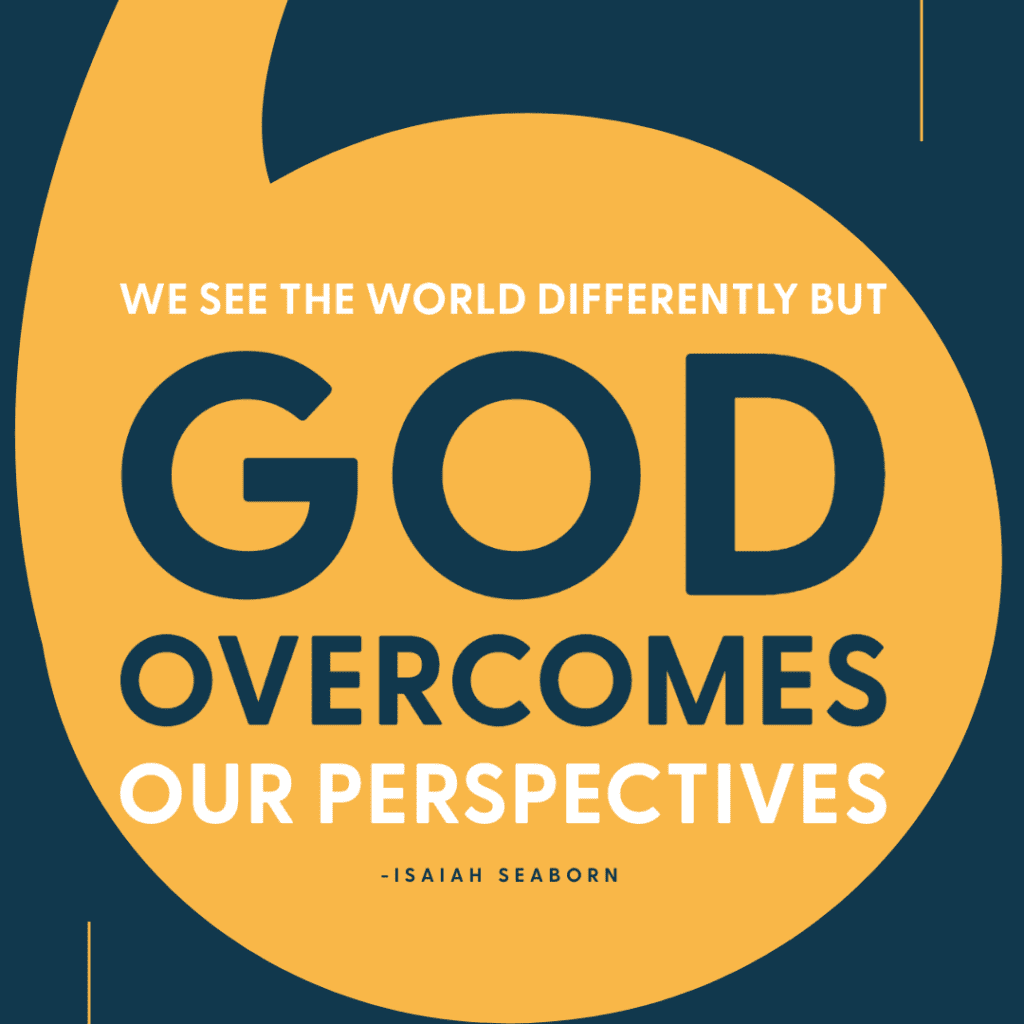
Honestly, I did not know what would happen next. Would she ignore my experiences or walk through them with me? Fortunately, she chose the latter. The most important lesson I’ve learned in this moment was God overcomes our perspectives. He brought my wife and I together regardless of our backgrounds. Her choice not to rush to judge my feelings but to experience them with me (Romans 12:15) was key. I told Lilly that it is essential to view children in adoptive or foster placement similarly. God will place a child in your home and heart for a reason. Choose to understand them when their attention and intentions may differ from yours.
Attention and Intention Are Factors
God created us as visual people. Unfortunately, when people see a family of different races, they’re going to stare. They’re going to whisper to each other and it makes situations uncomfortable. As an example, when my daughter was first born, my mom would take my daughter to the mall to shop. During this occasion, a lady stopped my mom to ask her what she was doing with “a white baby.”
Dr. Ford gives us an appropriate response to these types of situations. She says, “Unfortunately, there are narrow-minded thinkers who believe African Americans shouldn’t foster or adopt children of other races. However, we shouldn’t let their thoughts and behaviors deprive children of being loved and cared for by families that don’t look like them.” While my daughter isn’t adopted, it appeared as if she was because she’s biracial. Was the lady’s intention to offend my mom? I don’t know. My guess is probably not, but situations like this happen–often. You must know who God has called you to be. After that, it’s your job to walk through what God has for you.
Be In Front
Caregivers need an abundance of active understanding. In the video, “My Son is Black, My Son is White,” Foster Care and Adoption Manager Derek Carter says he received this advice, “They don’t need you to be behind them. They need you to be in front of them… fighting for them.” Fear of what may or may not happen is a natural thing. People will see Lilly’s family differently, but God sees her transracial child as one of his own.
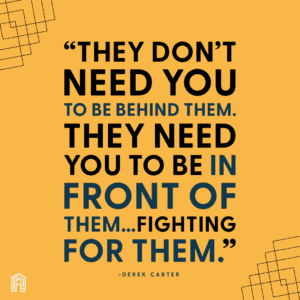
It's All On Jesus
So, is it wrong for “a white woman to adopt a black child?” No, it’s not wrong, but many factors and considerations exist in transracial placement and adoption. Having a compassionate comprehension of culture is hard enough. Merging that with others’ intentions can add unwanted attention. Still, every child needs the kind of love described in the Bible, and that love can come from you. Find the joy of learning about one another’s culture. Be genuine in what you don’t know. An example could be asking a person of color in your circle of friends about hair products or the benefits of Cocoa Butter.
Remaining in Prayer
To conclude our time, Lilly and I prayed together. We prayed that God would be at the center of her adoption and that she would remain encouraged. If you have doubted your ability to start a transracial family, understand the variables and run toward what God has for you.









